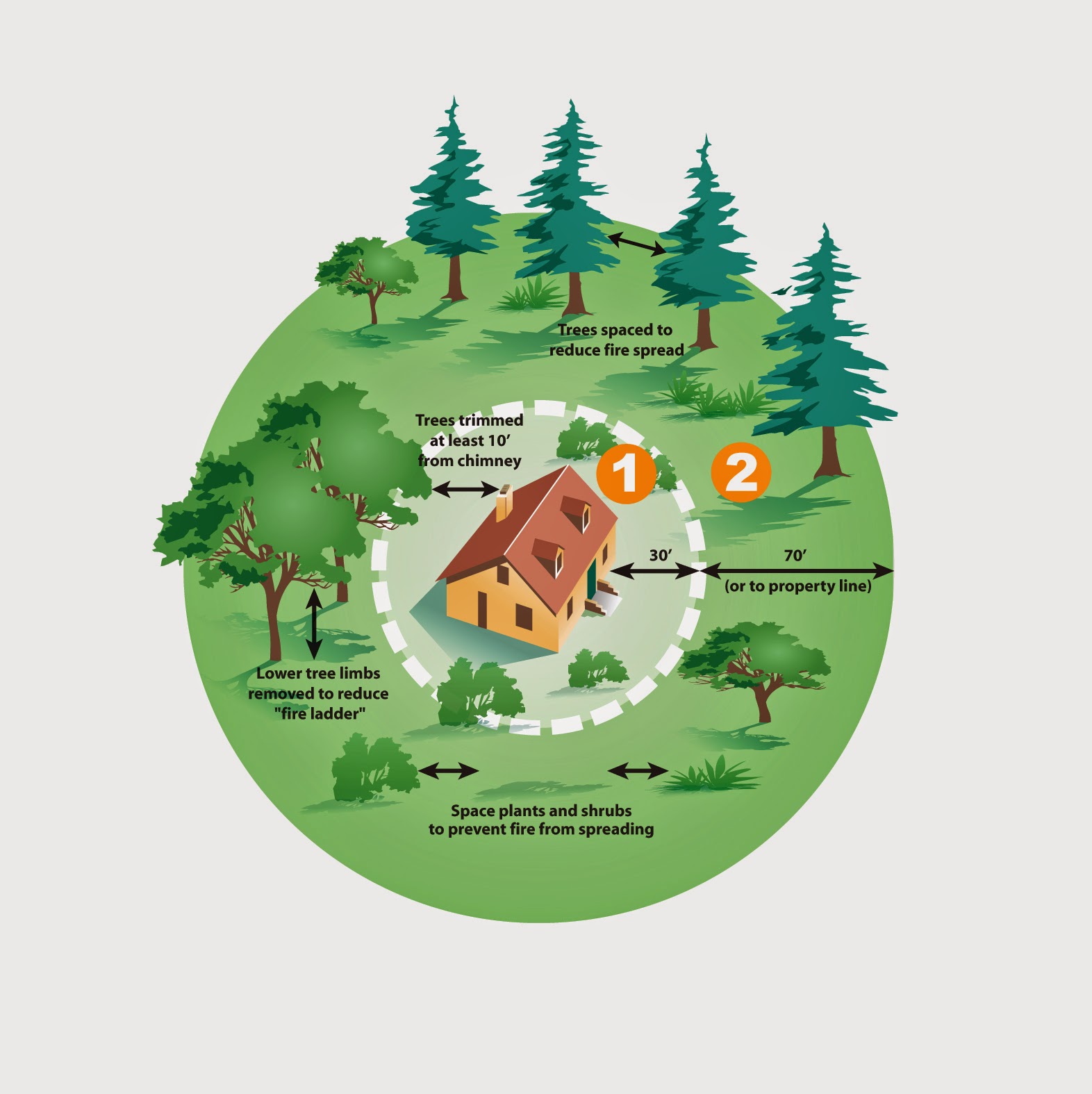Wednesday, November 26, 2014
Saturday, November 15, 2014
Amaryllis: The Joy that Keeps on Giving by Patti O'Neal
Amaryllis is a rare gift to a gardener, providing near instant gratification producing a magnificent spectacle in 4-6 weeks. It’s a gift of growing something and making it bloom right in the middle of snow and freezing temperatures. The trick for many is to get them to do it again the following year.
Amaryllis is a tender bulb, meaning it does not require a chilling period to bloom. These beauties originate in the temperate climates of South America where they grow and bloom outdoors. Here in the chilly Rocky Mountains we enjoy them “forced” during the holidays of December and on into January and even February.
Amaryllis is a tender bulb, meaning it does not require a chilling period to bloom. These beauties originate in the temperate climates of South America where they grow and bloom outdoors. Here in the chilly Rocky Mountains we enjoy them “forced” during the holidays of December and on into January and even February.
Wednesday, November 5, 2014
November Tomatoes?! by E. J. Bennett
 |
| Photo taken October 25, 2014 |
Whether by global warming or just a local climate hiccup, this year’s unusual fall weather has gardeners happily plucking tomatoes from the vine past Halloween. Most years, however, we have to consider the eventual demise of our tomato production in late September or early October. October 9 is our average first frost date in Denver, but 1944 holds the record, when frost wasn’t seen until November 15th! (guess it was busy freezing the Ardennes Forest over in Europe that year).
If you want to maximize your tomato output through first frost, follow these simple steps in late August or early September:
1. Ruthlessly evaluate and prune your tomato plants. Vines with only flowers? Out. Vines with tiny green tomatoes? Out. Leave only the tomatoes you think have a chance of maturing before first frost.
2. Shock your tomato plants. No, this doesn’t mean gardening in your thong. The act of pruning, above, will stimulate the plant to bring the remaining fruit to maturity. But you can also use your shovel to cut some of the plant’s roots (dig straight down with your shovel 3-4 places in a circle around the plant, 6+ inches out from the base of the plant) and reduce total water to the plants by a third or more.
3. As the weather cools, cut remaining foliage back so the sun strikes the remaining fruit during the day. The additional solar heat will help them mature.
Subscribe to:
Posts (Atom)





